In the early 1900s, New Dorp was a well-established village on Staten Island, balancing its deep agricultural roots with the slow, steady arrival of modern life. The name, derived from the Dutch for “New Village,” reflected its long history as one of the island’s oldest settlements. The community was a mix of sprawling farms, historic estates, and a growing commercial center.
The heart of the village was New Dorp Lane. This central road was the main commercial strip, connecting the waterfront to the inland areas. It was lined with a variety of local businesses housed in two- and three-story wood-frame buildings. These shops included a general store, a butcher, a blacksmith, a pharmacy, and a post office. Horse-drawn carts were a common sight, making deliveries and transporting goods along the Lane’s unpaved surface.
Transportation was defined by the Staten Island Railway. The New Dorp train station, a wooden structure with a wide platform, was a vital hub of activity. Steam trains provided the essential link for residents to the St. George Ferry terminal and, from there, to Manhattan. The arrival and departure of the trains marked the rhythm of the day, bringing mail, newspapers, and the few residents who commuted to the city.
Read more
Vast tracts of land around the village center were still active farms. These properties, some held by the same families for generations, produced fruits and vegetables for local consumption and for sale in city markets. The landscape was open, with fields and meadows separated by stone walls and wooden fences.
The presence of the Vanderbilt family was a defining feature of the area. Their massive agricultural estate and mausoleum were located within the historic Moravian Cemetery, a sprawling and scenic burial ground that bordered the village. The family’s activities, including the operation of a private farm, provided local employment and reinforced New Dorp’s rural character.
The community also had a social and civic dimension. Small wooden churches served local congregations. The Lane Theater, a local cinema that opened during this period, offered silent films and became a popular spot for entertainment. The overall atmosphere was that of a self-contained village where local families knew each other and life proceeded at a much slower pace than in the boroughs across the harbor.


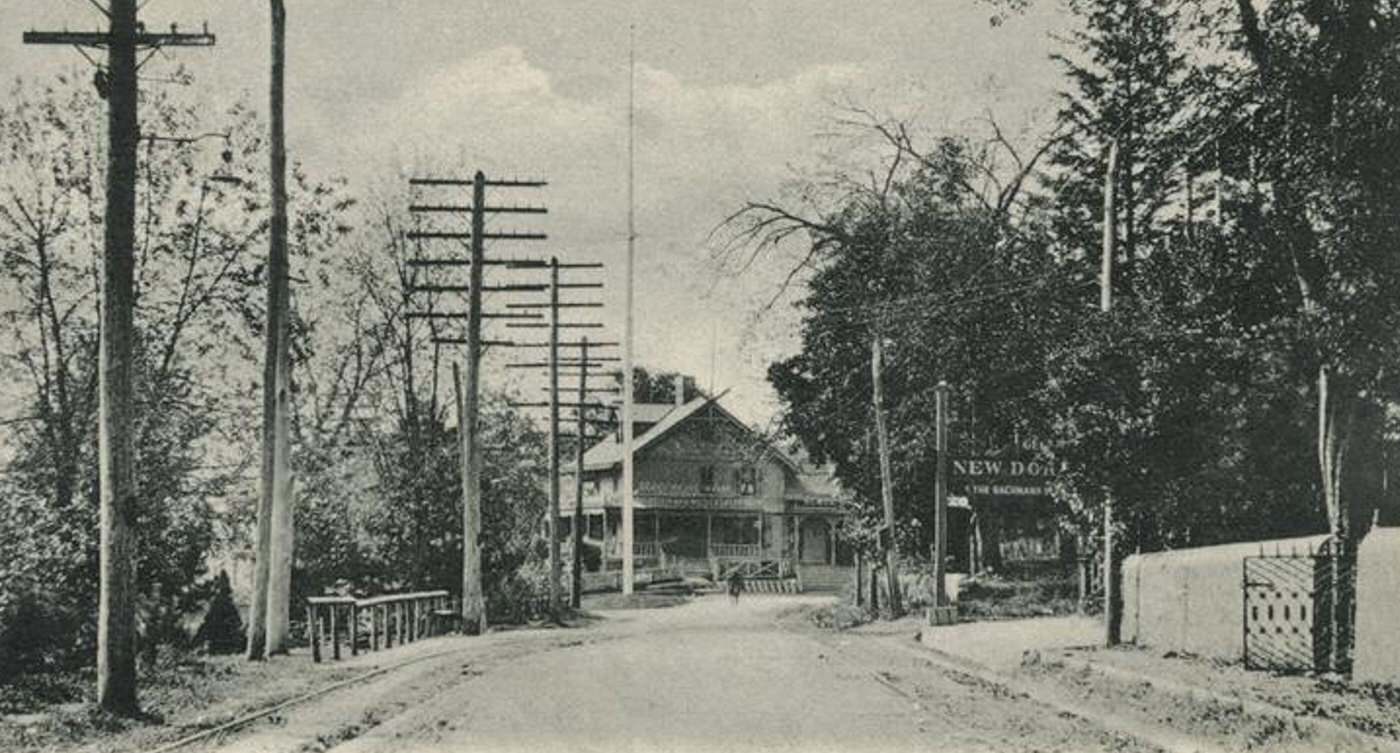
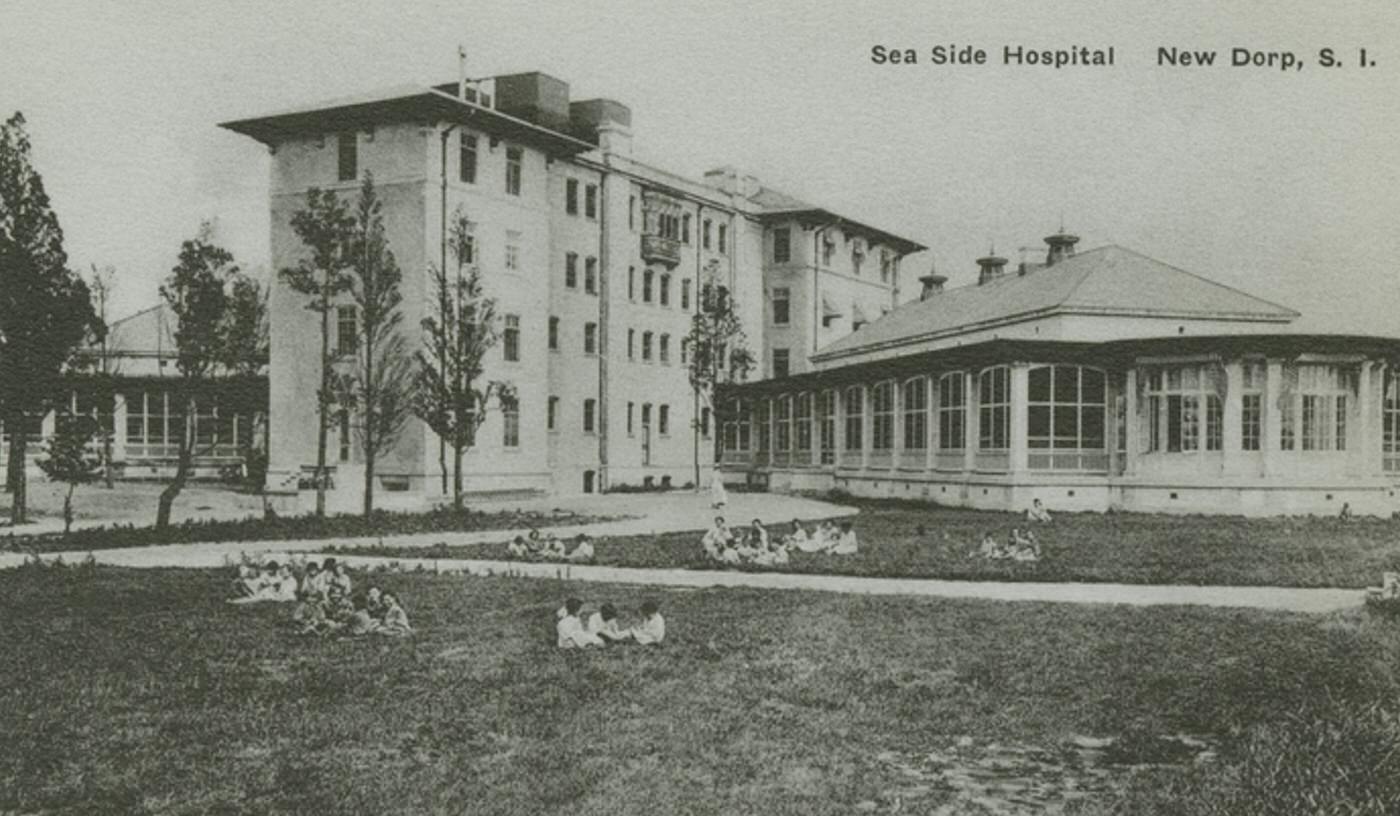

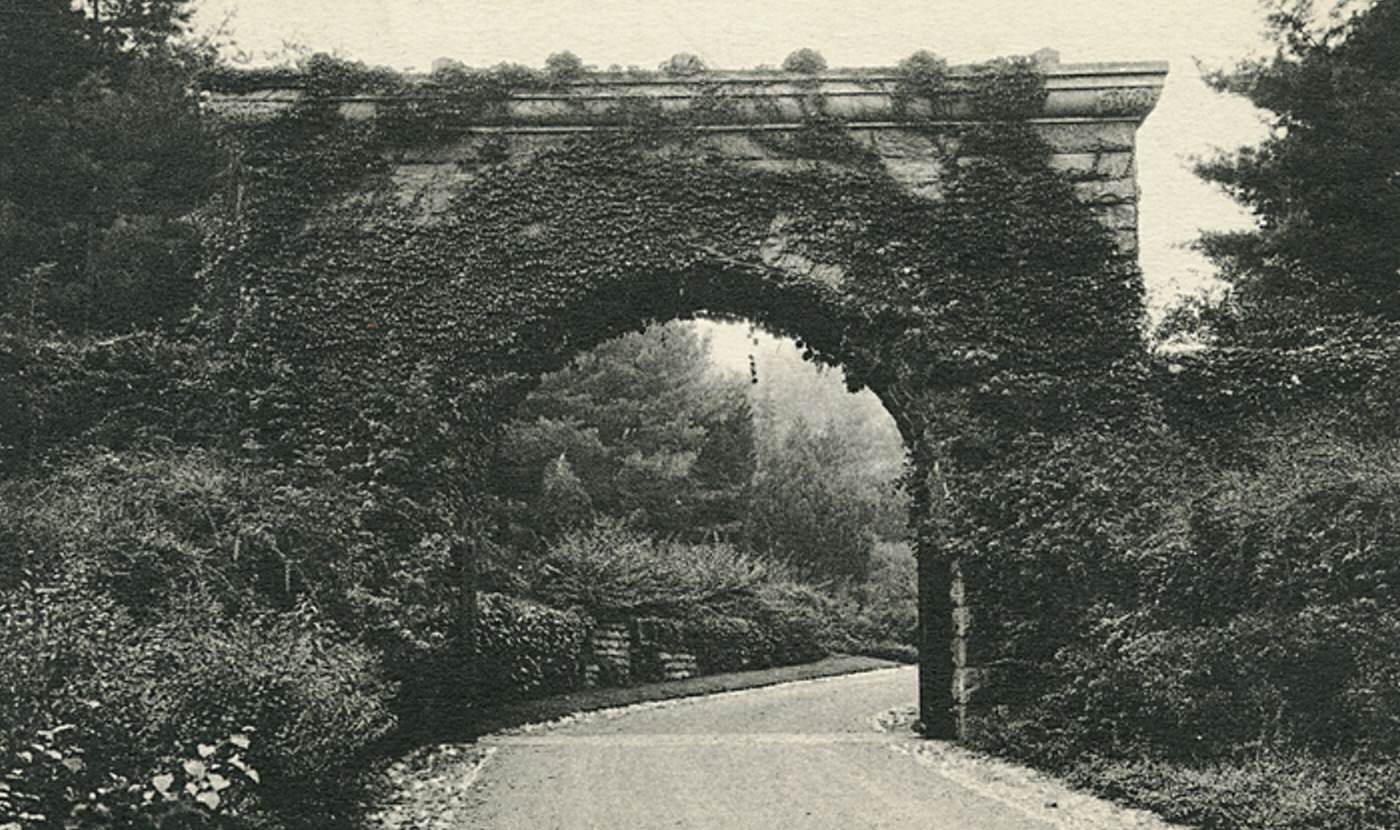
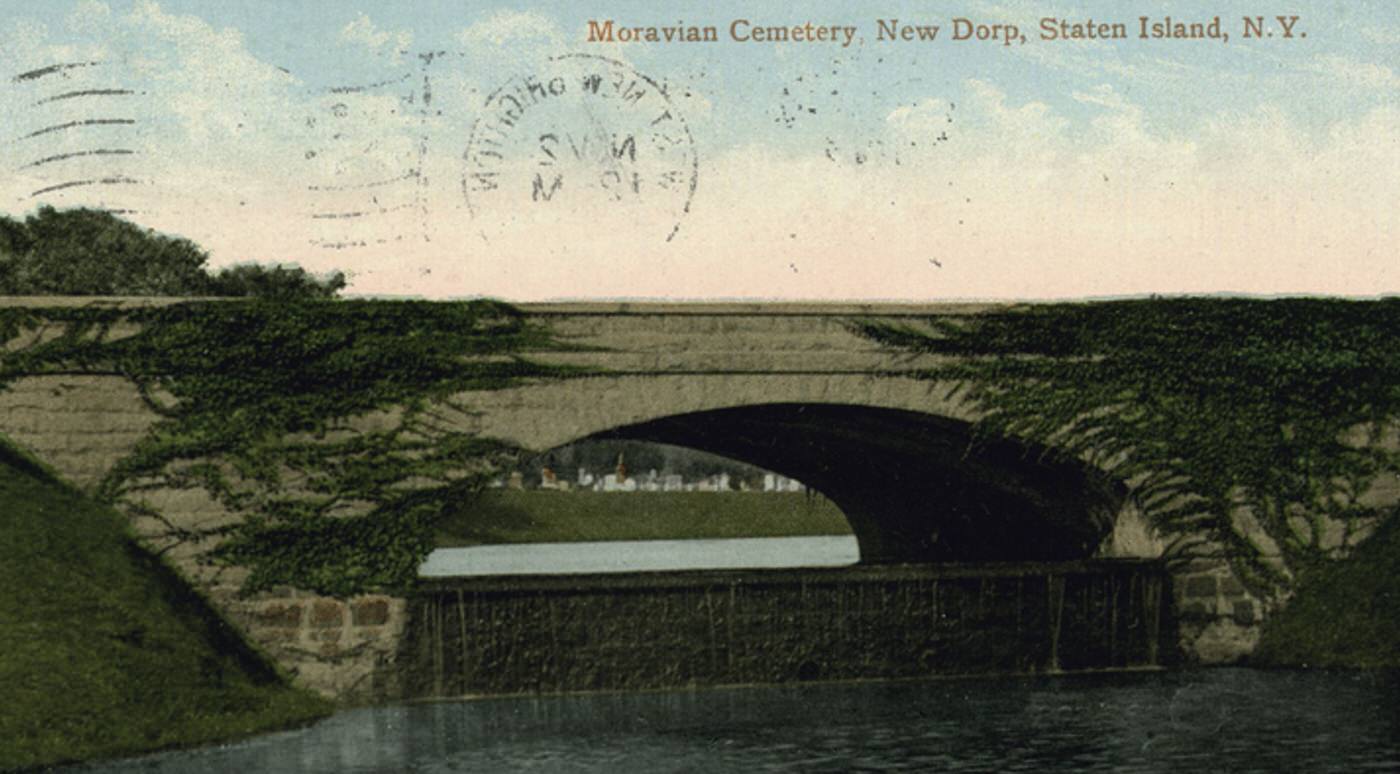

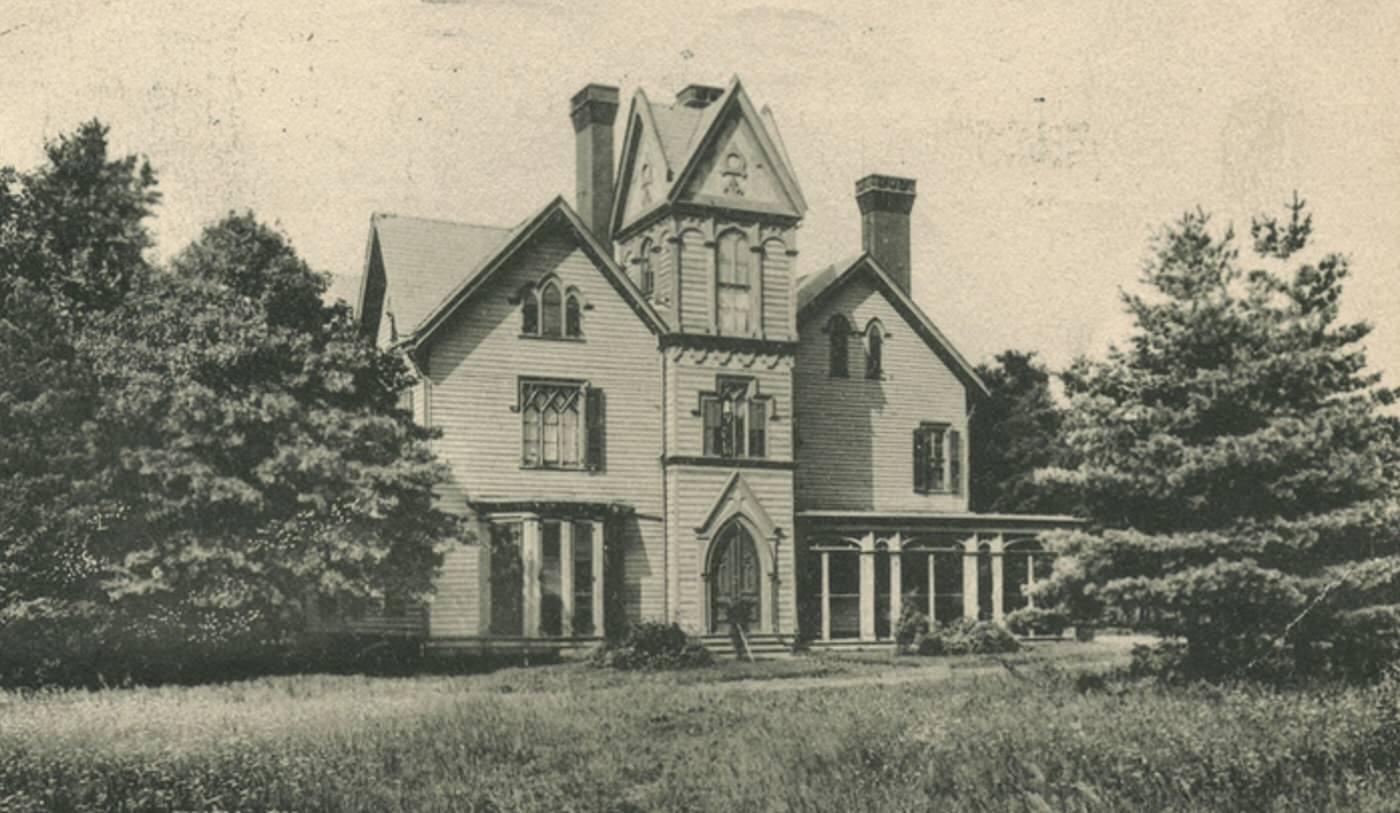
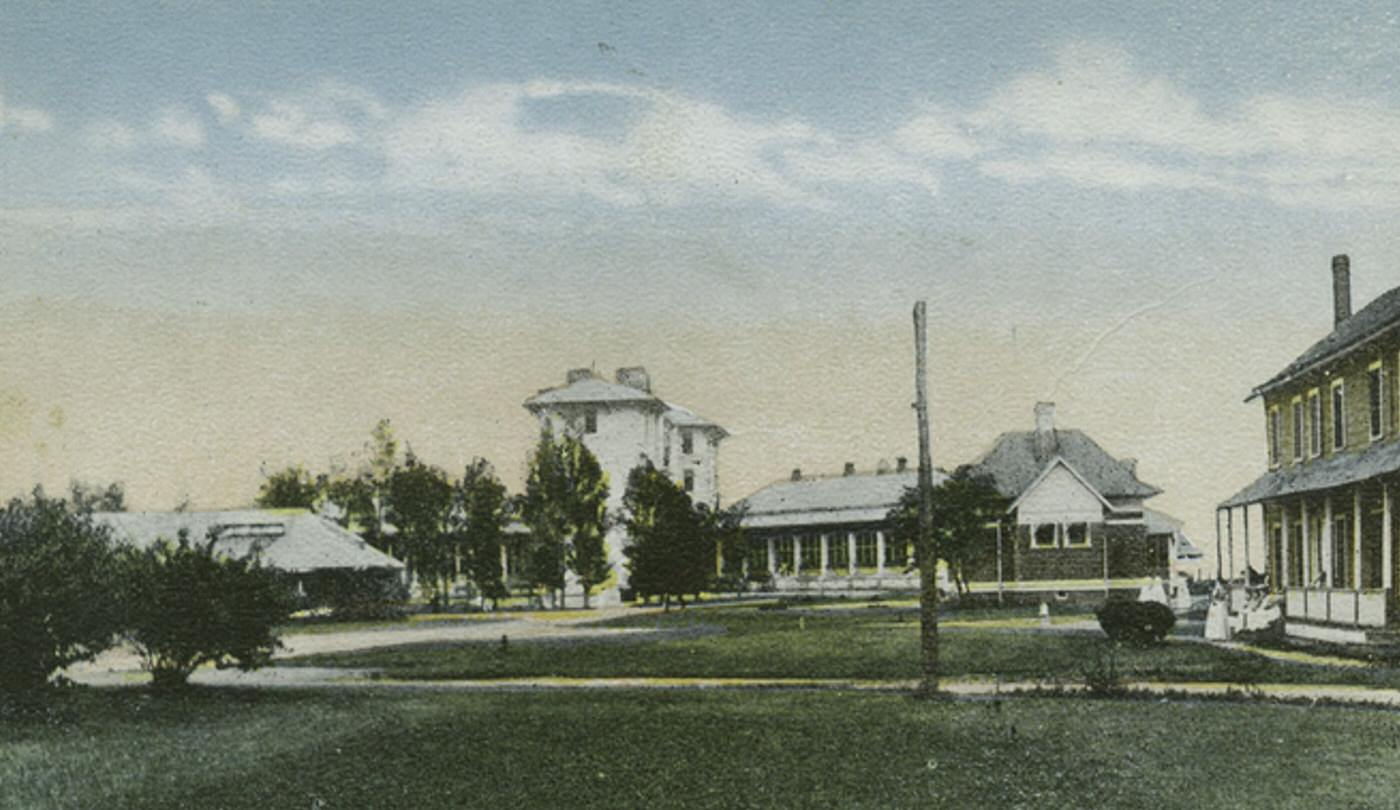
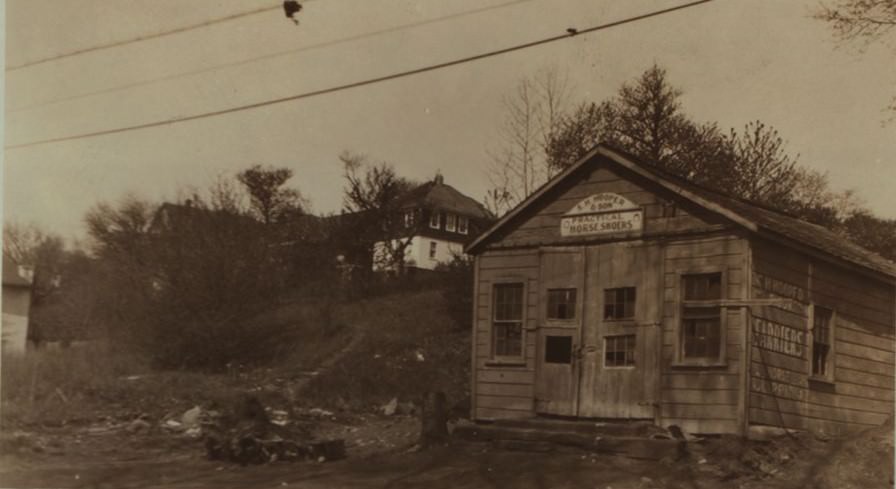
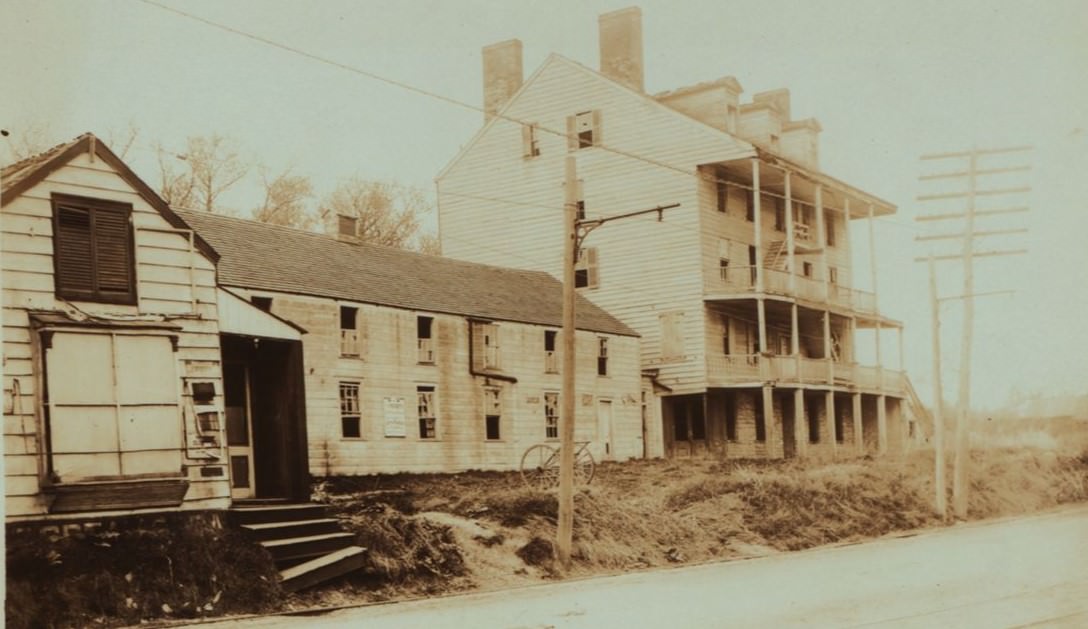

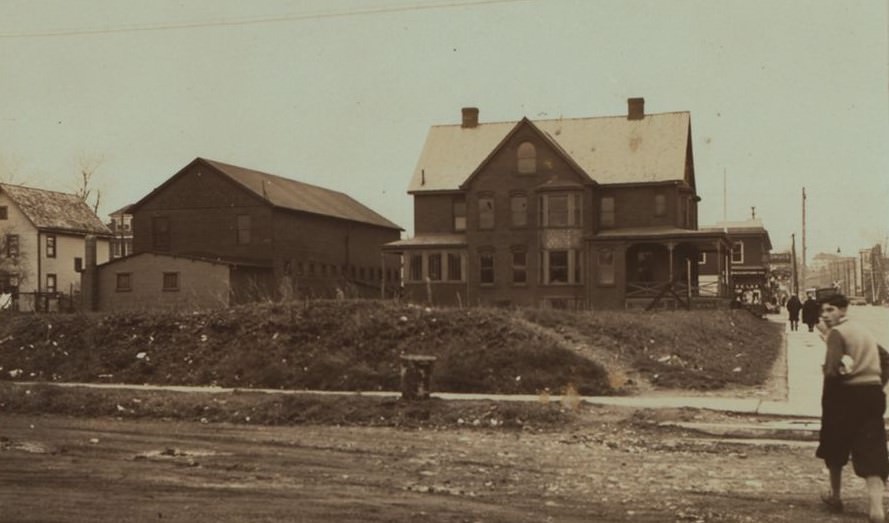
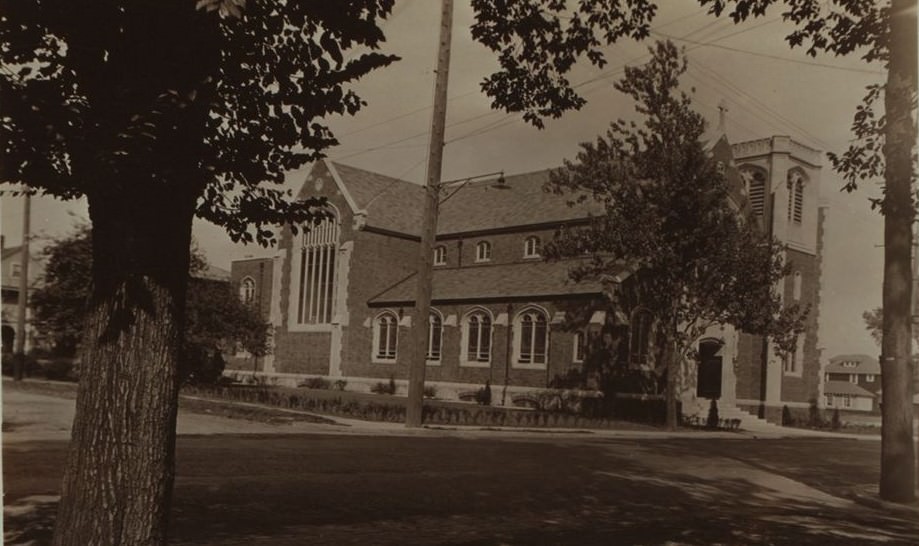
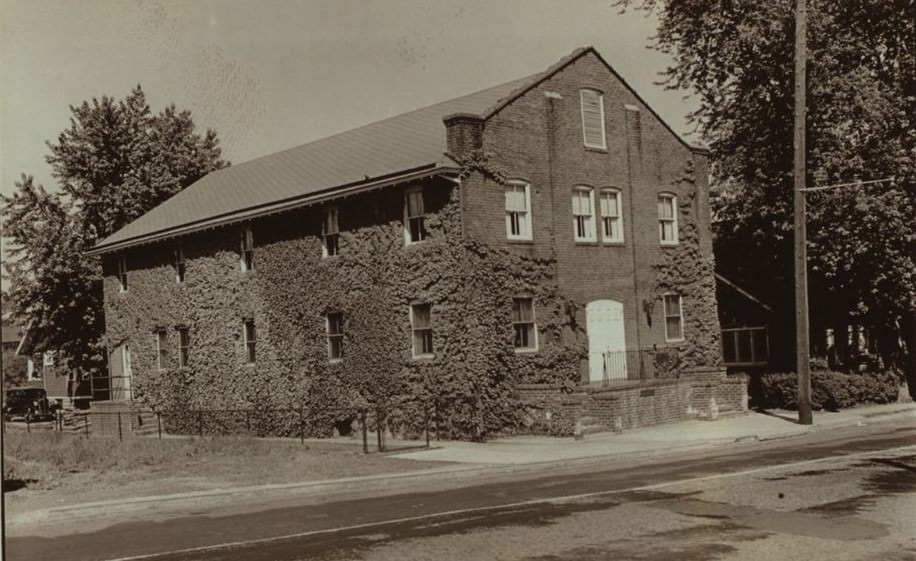

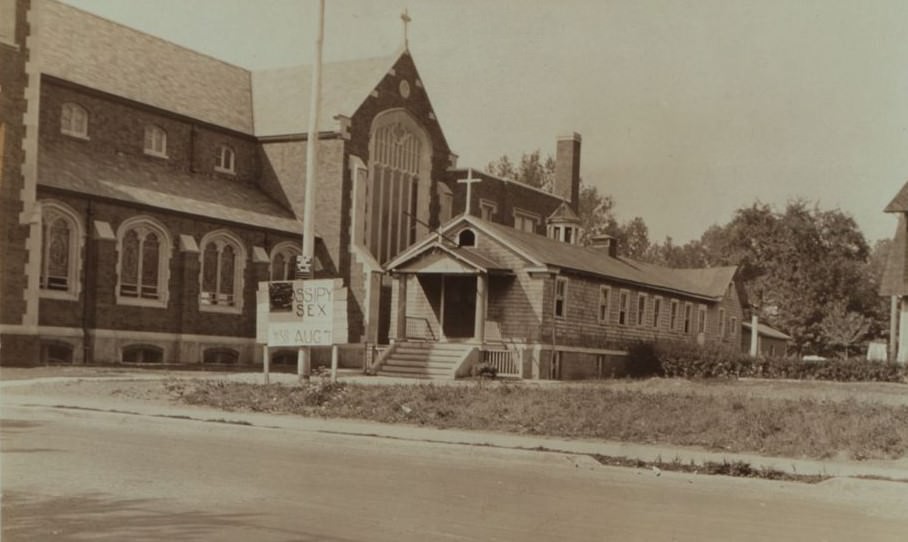
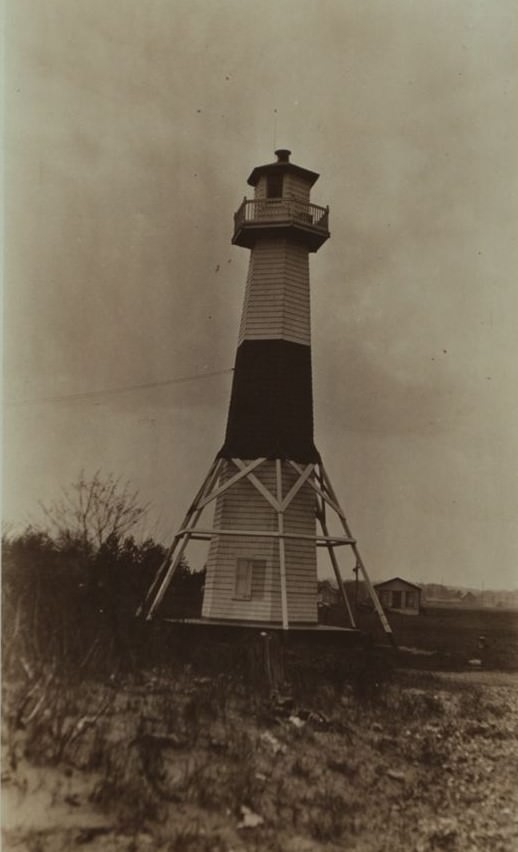
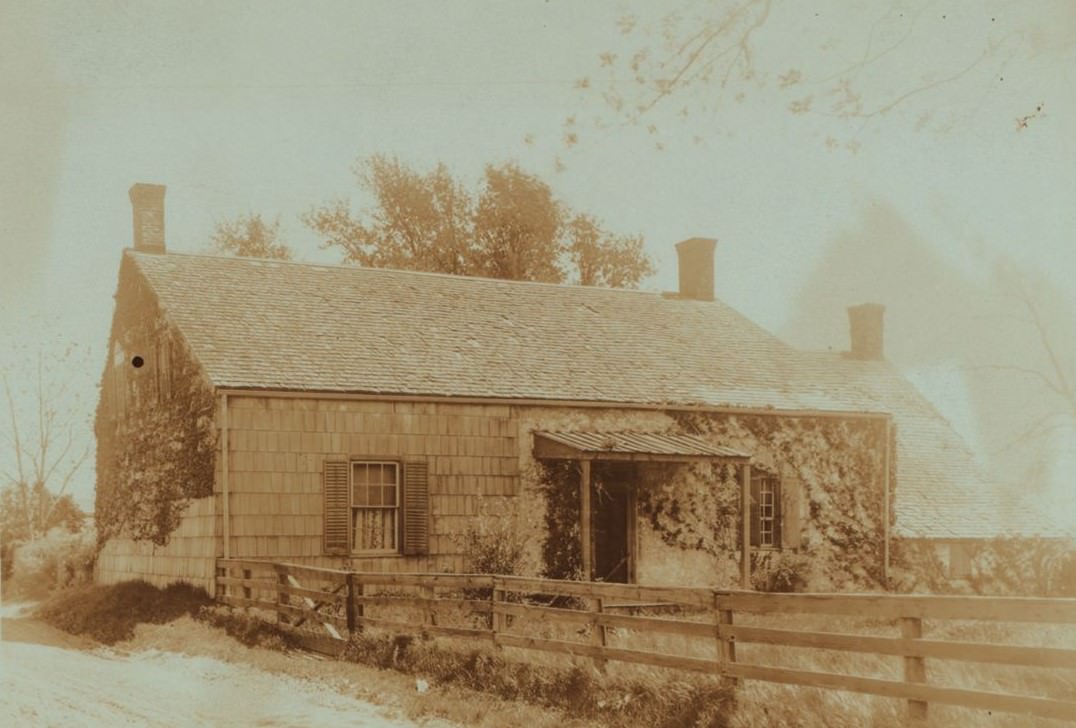
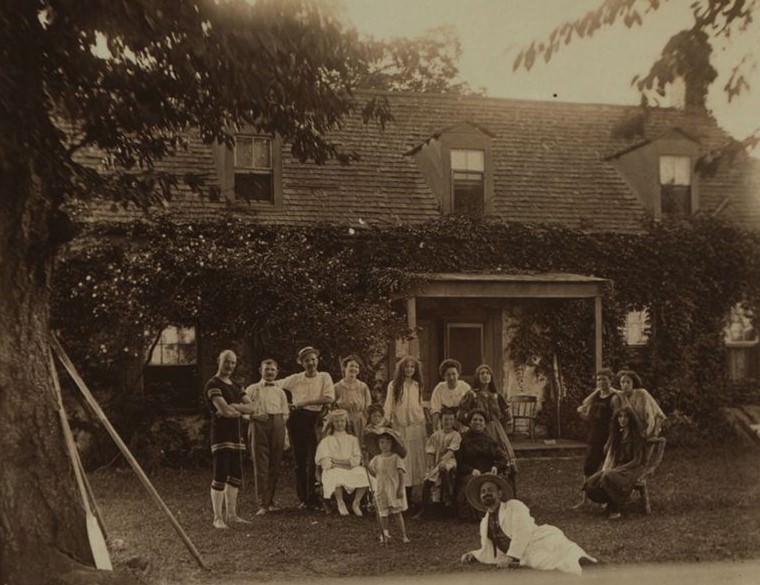
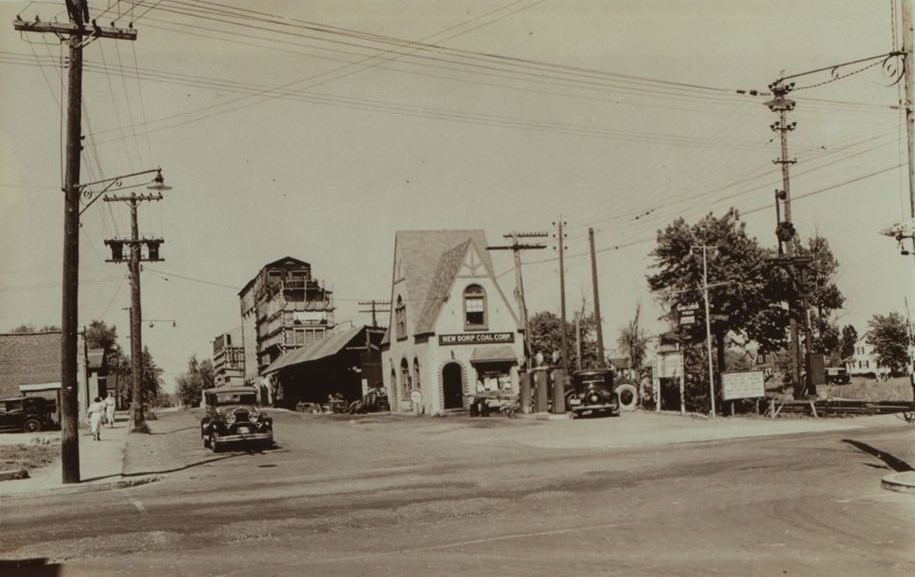
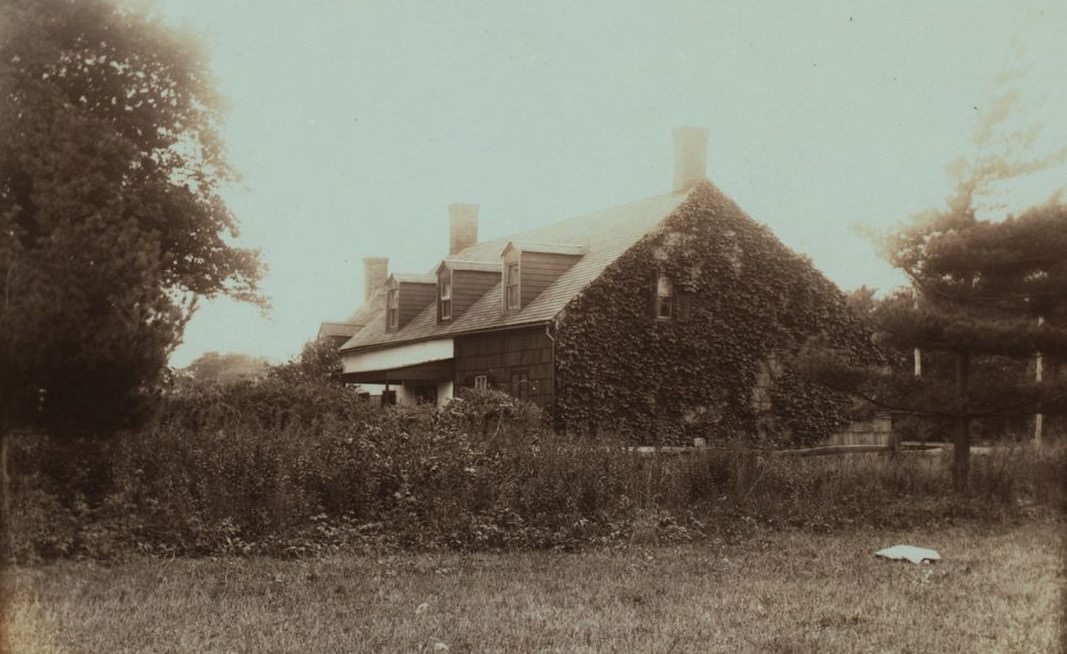
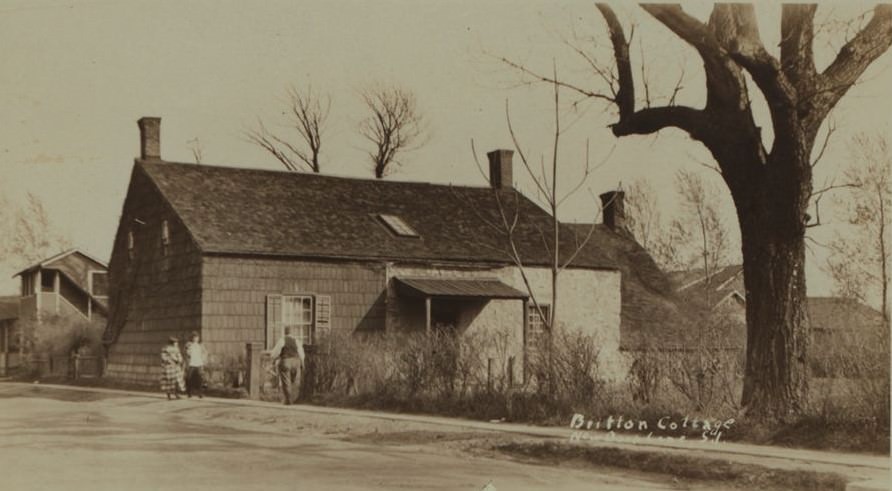
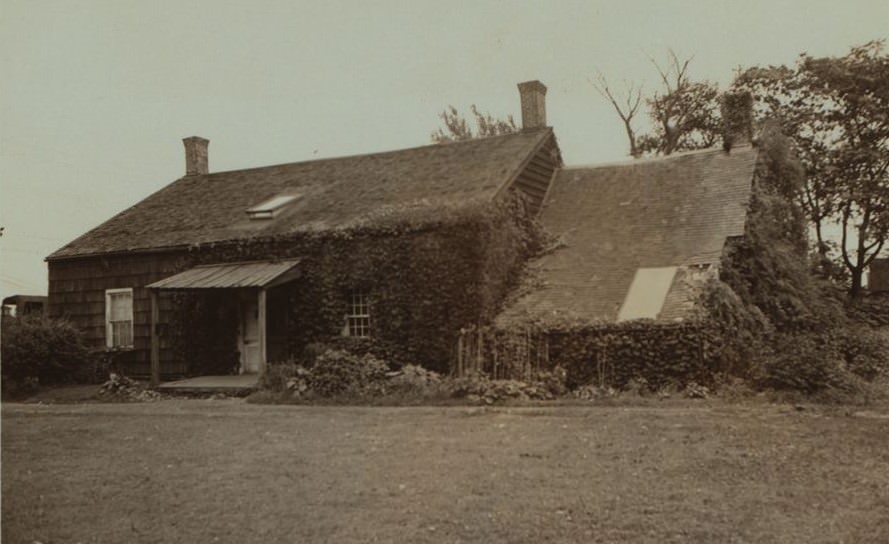
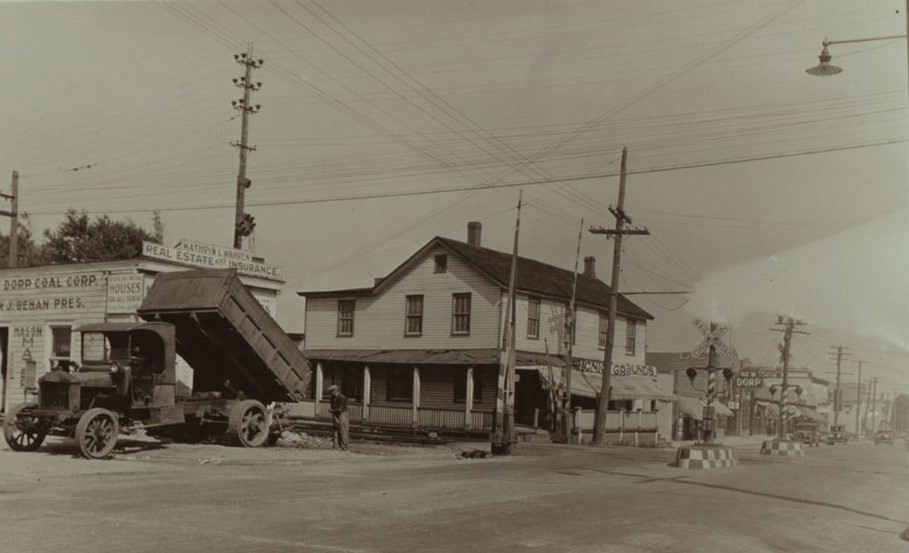
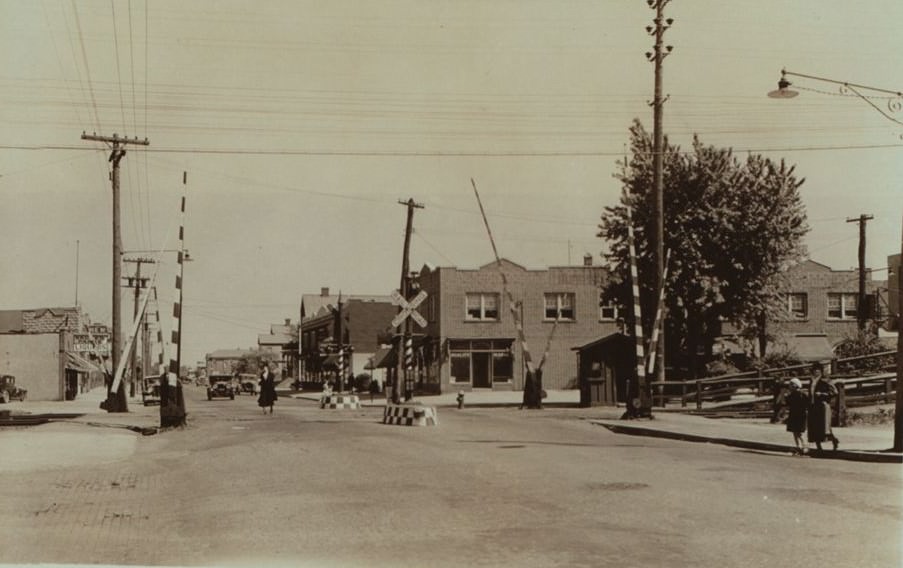
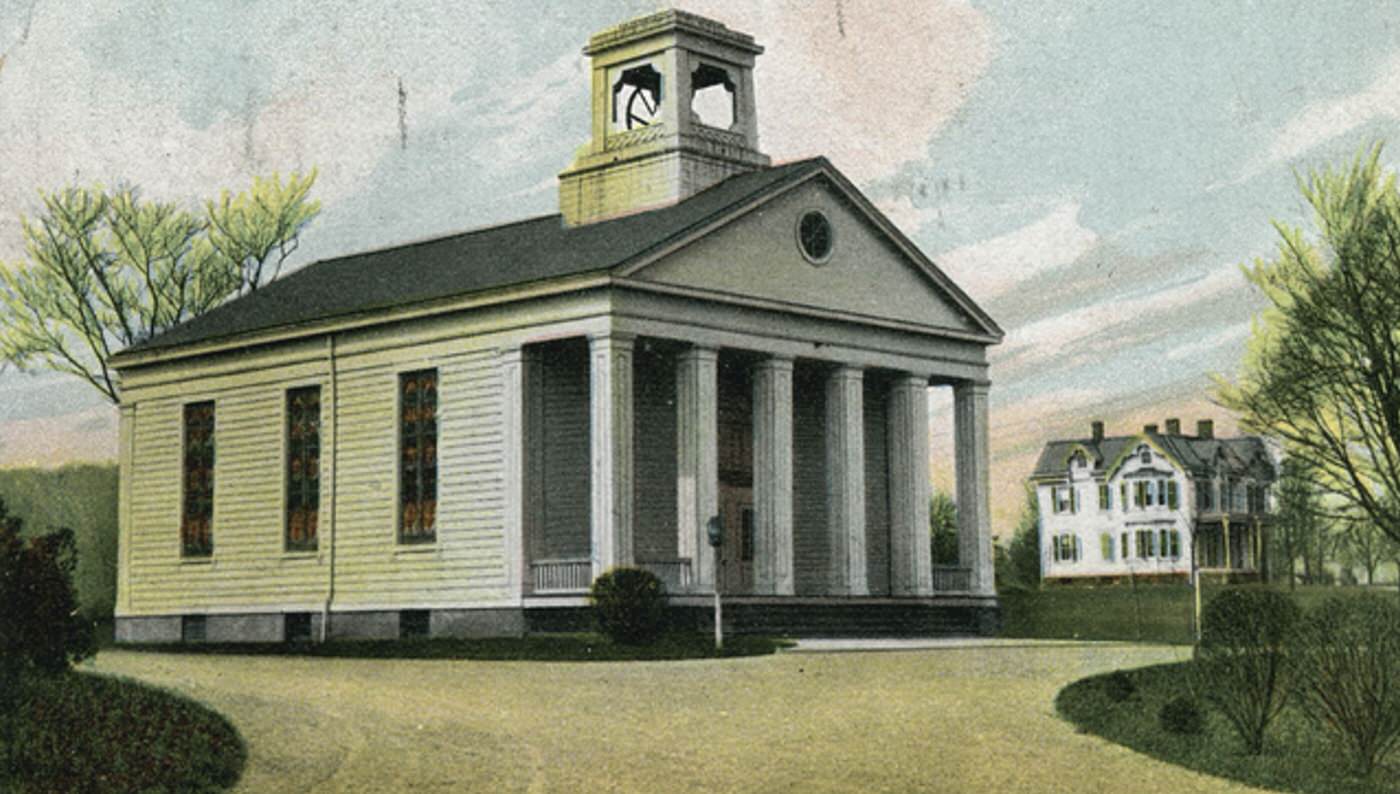
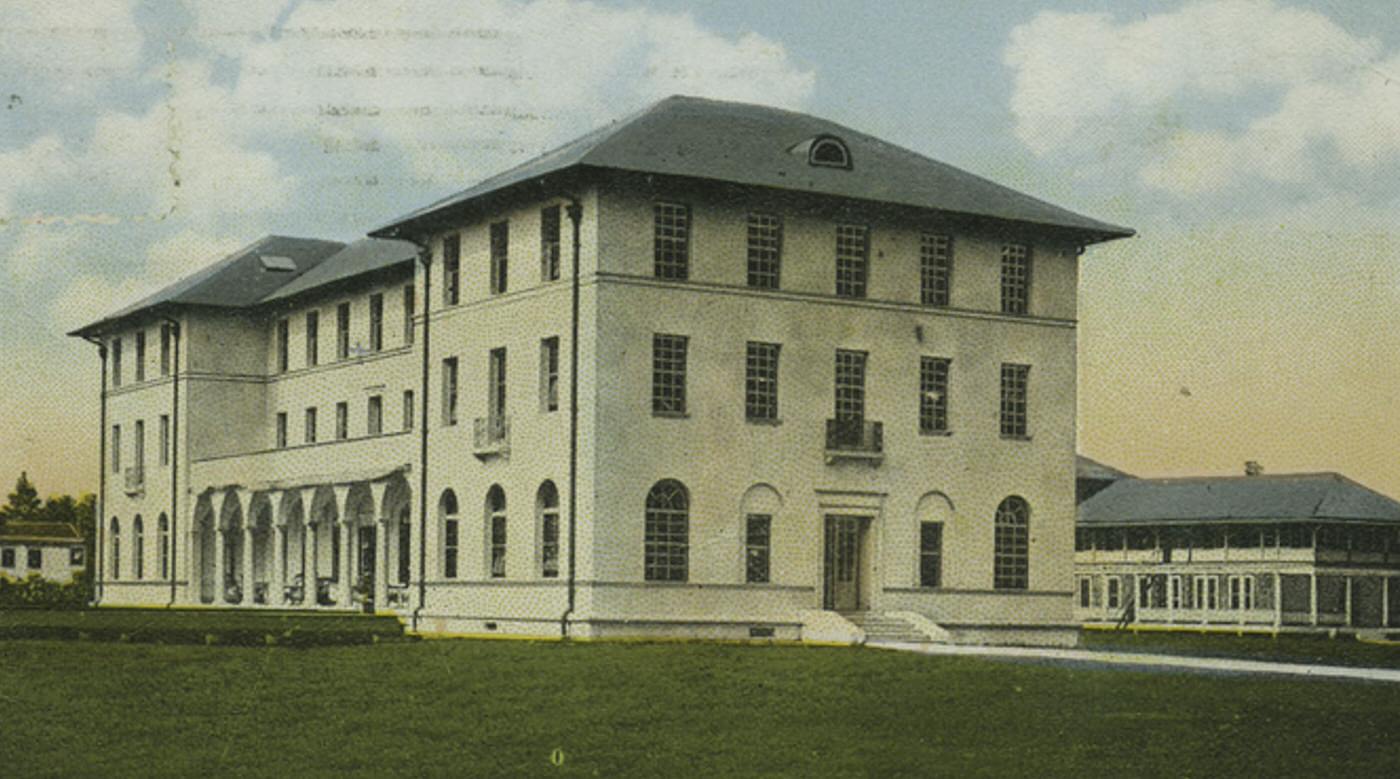
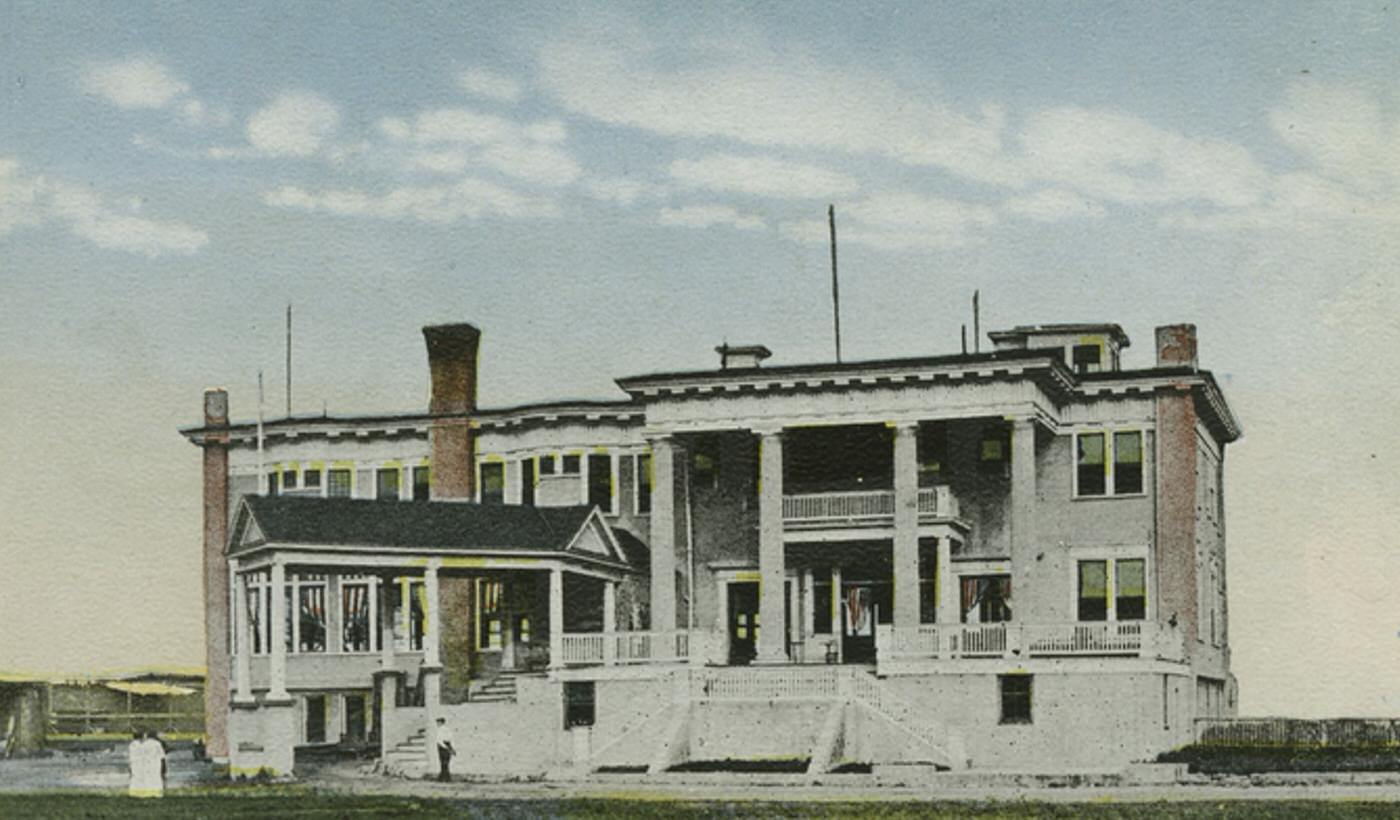
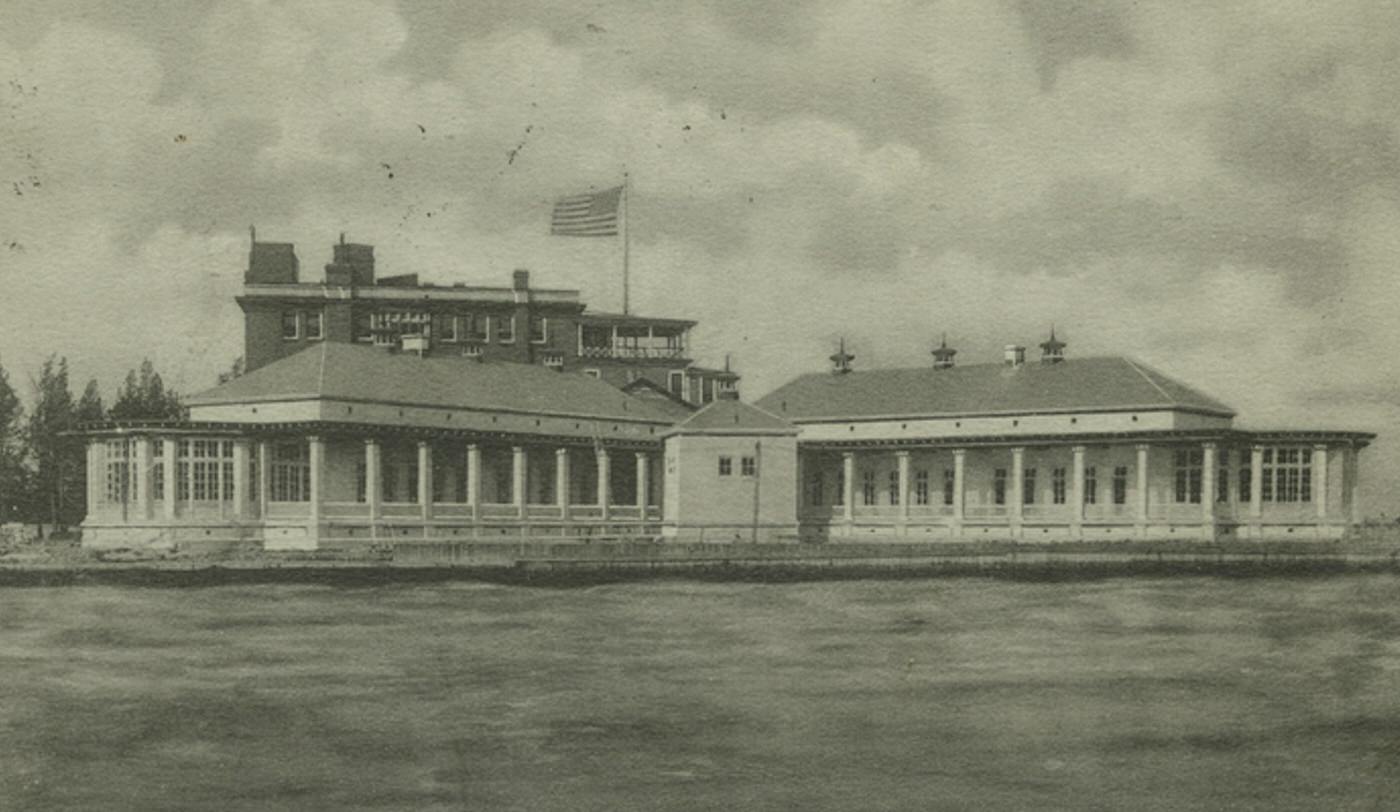
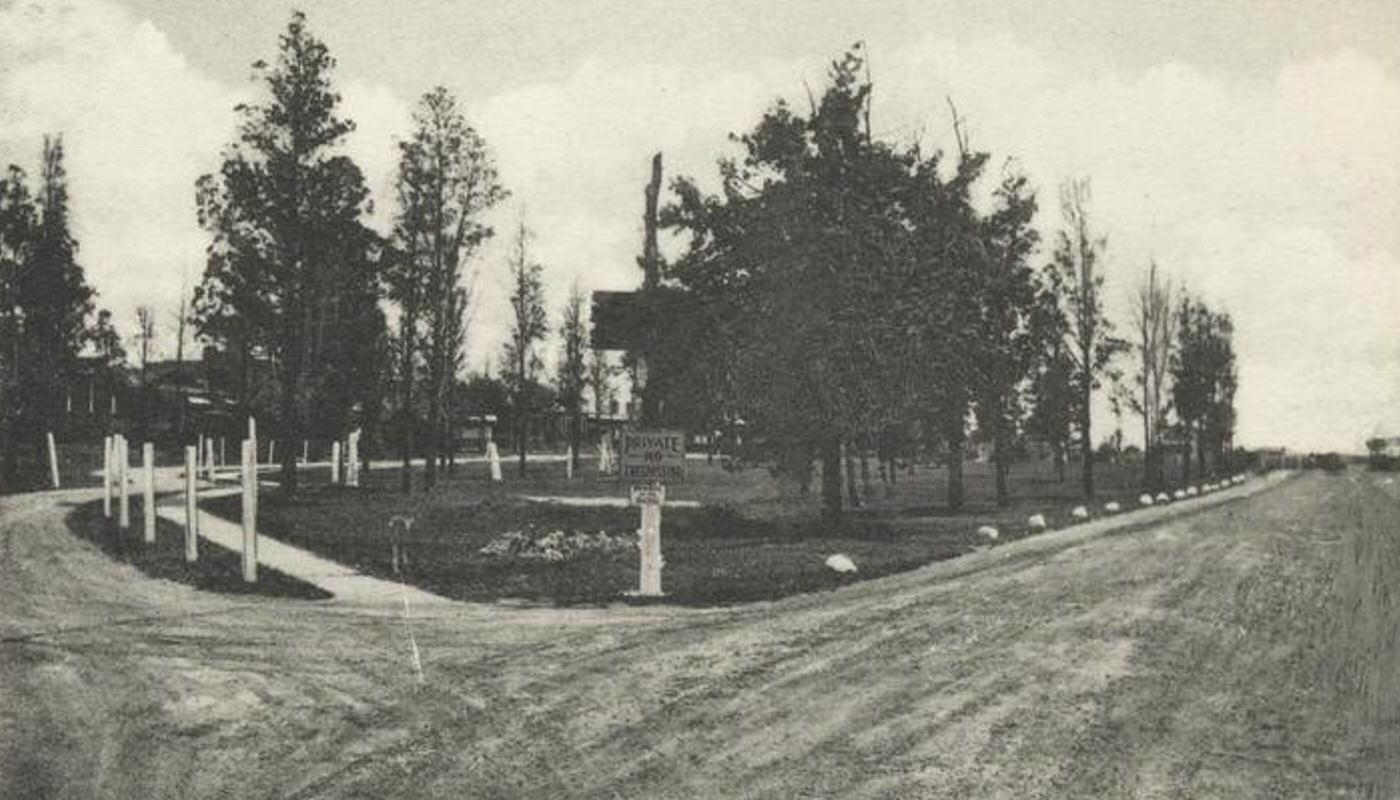
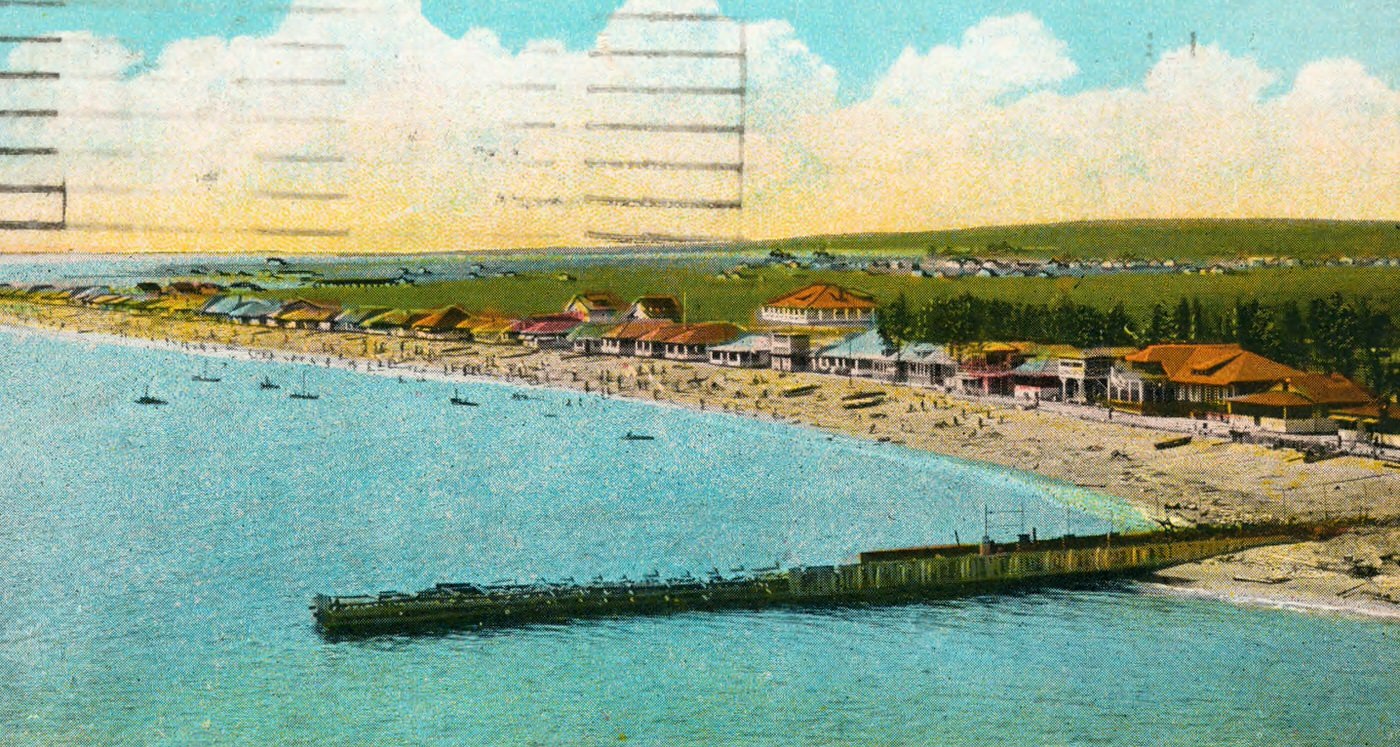
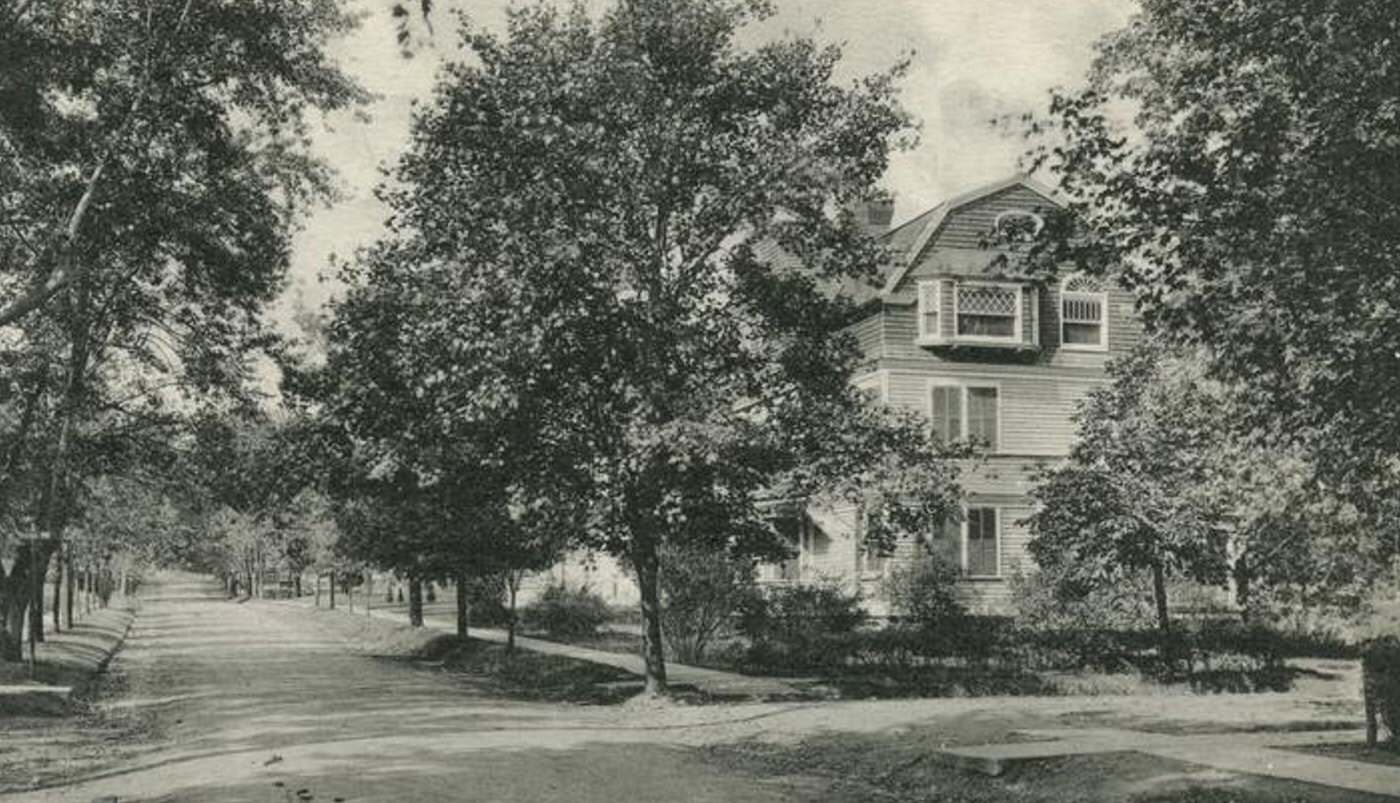
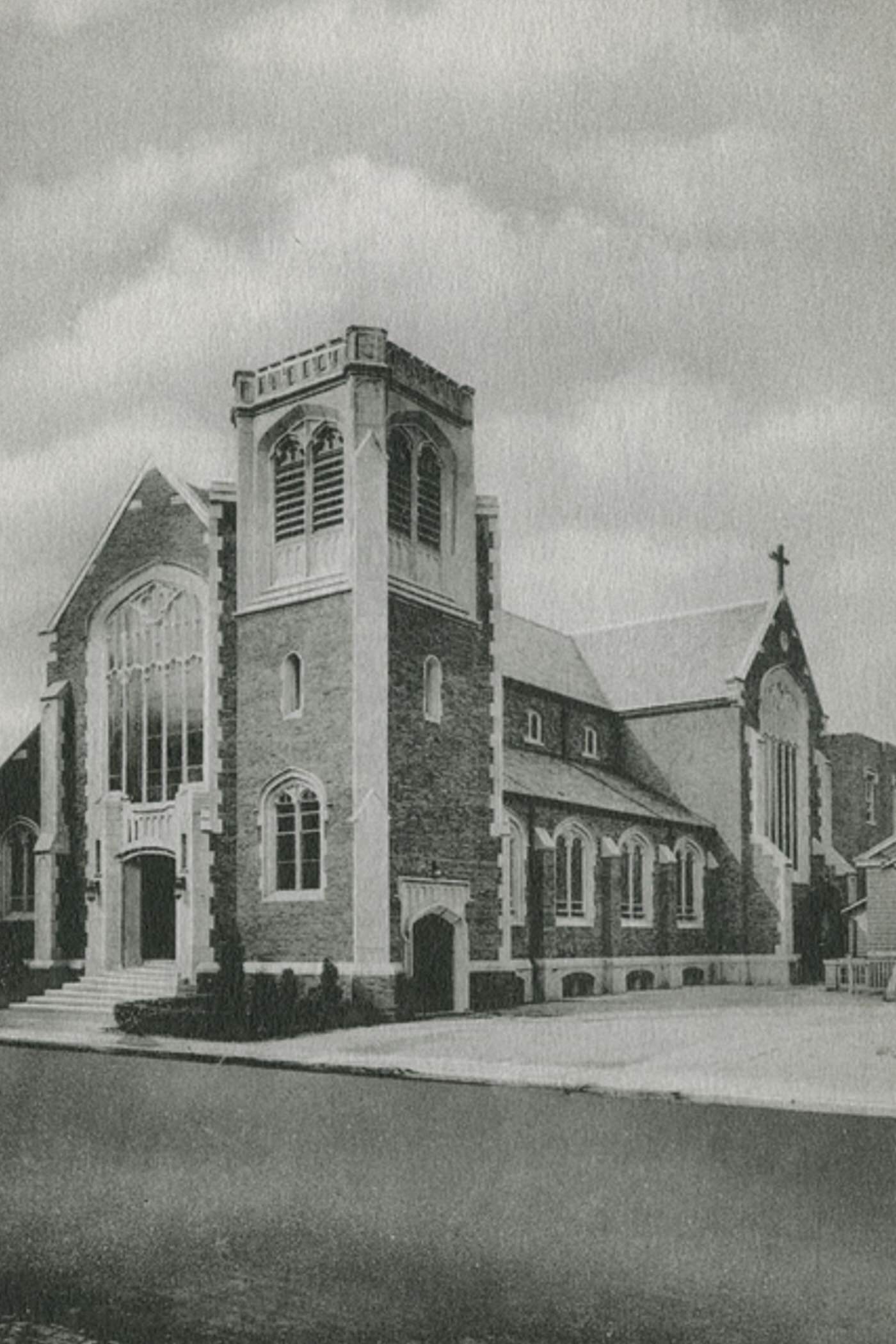
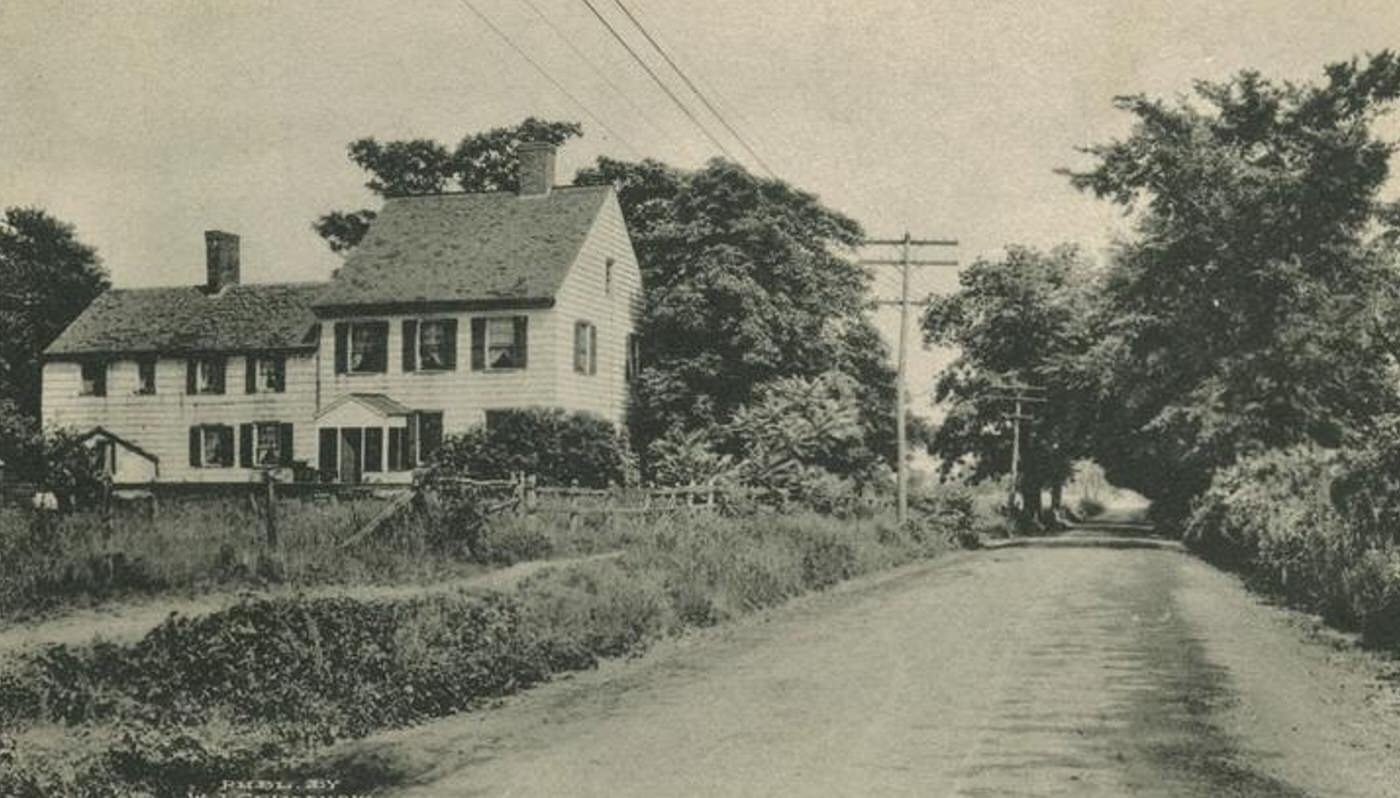
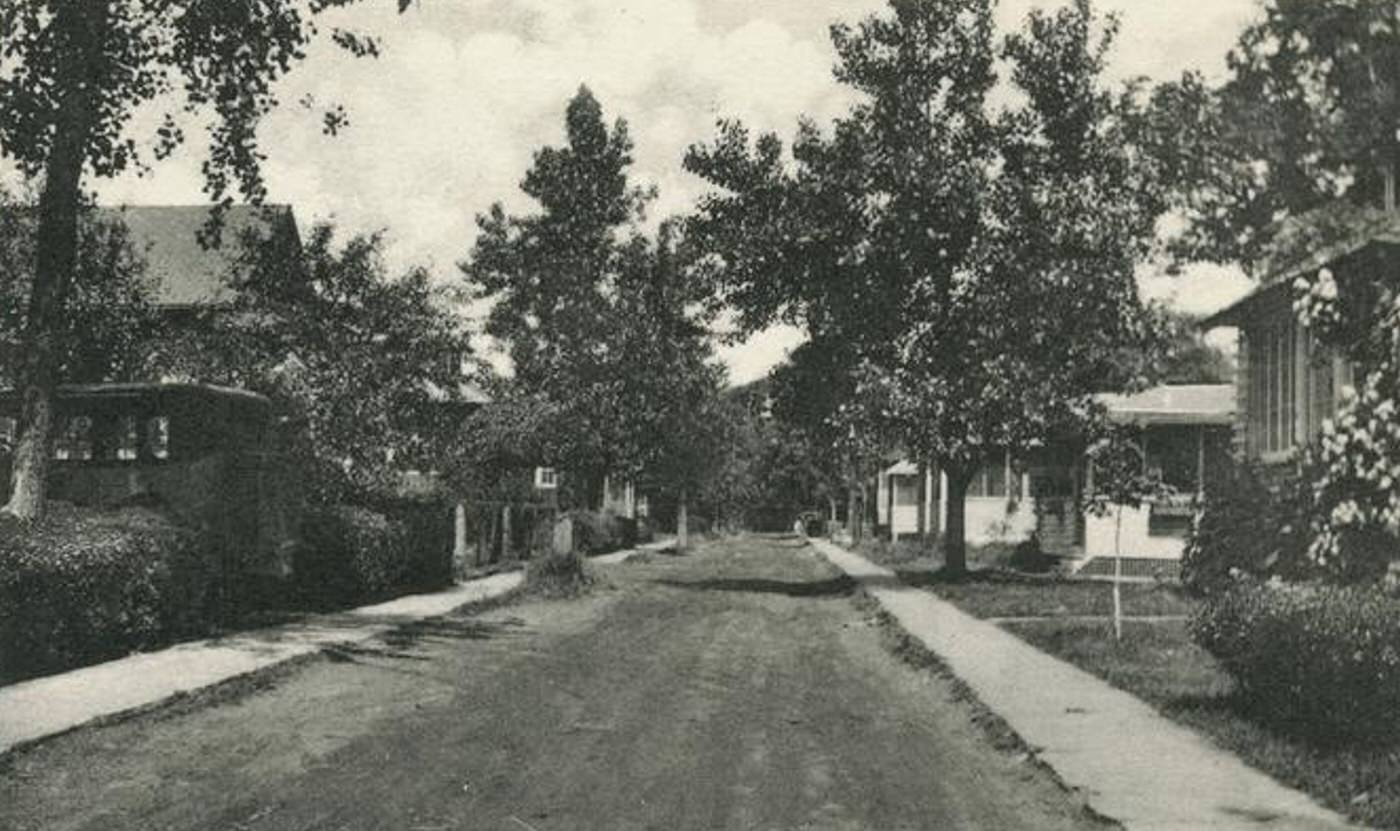
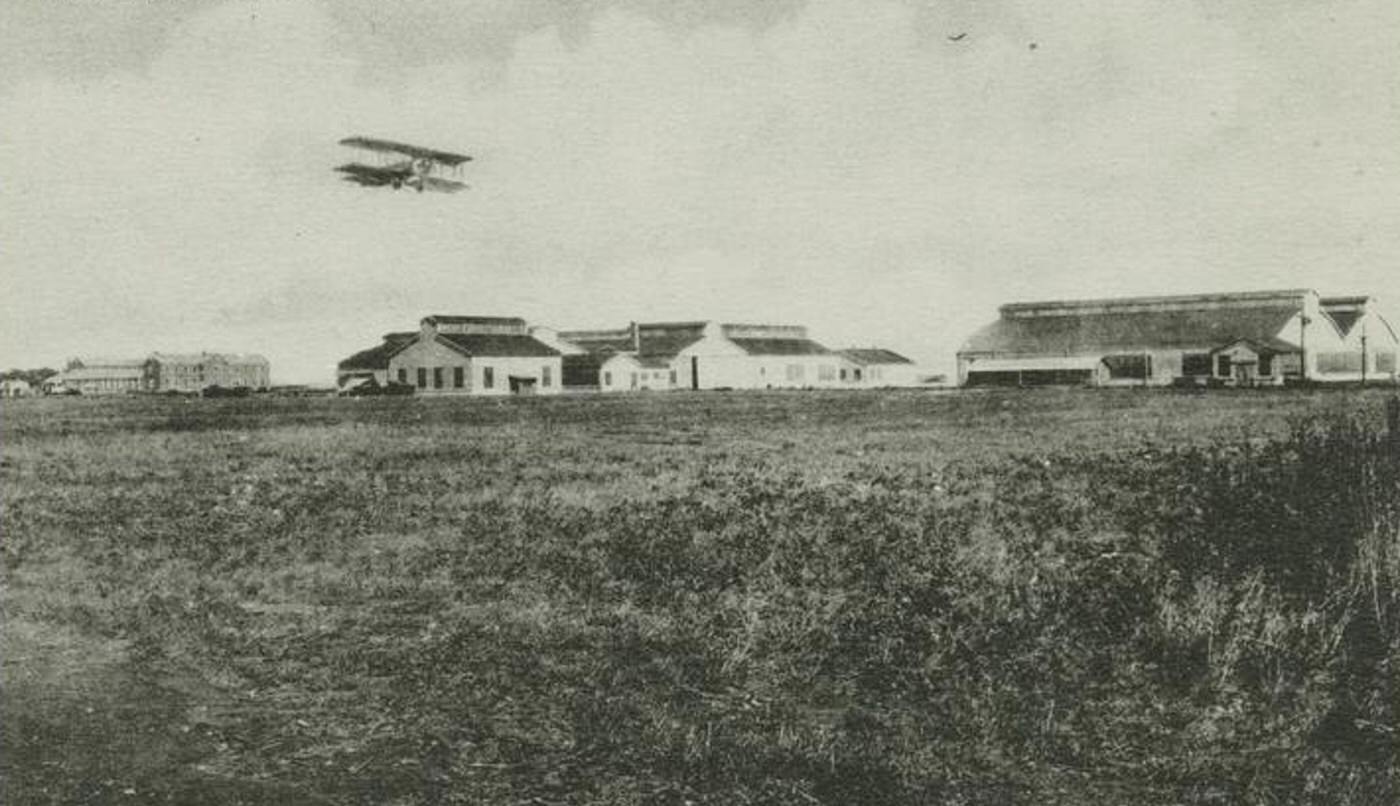
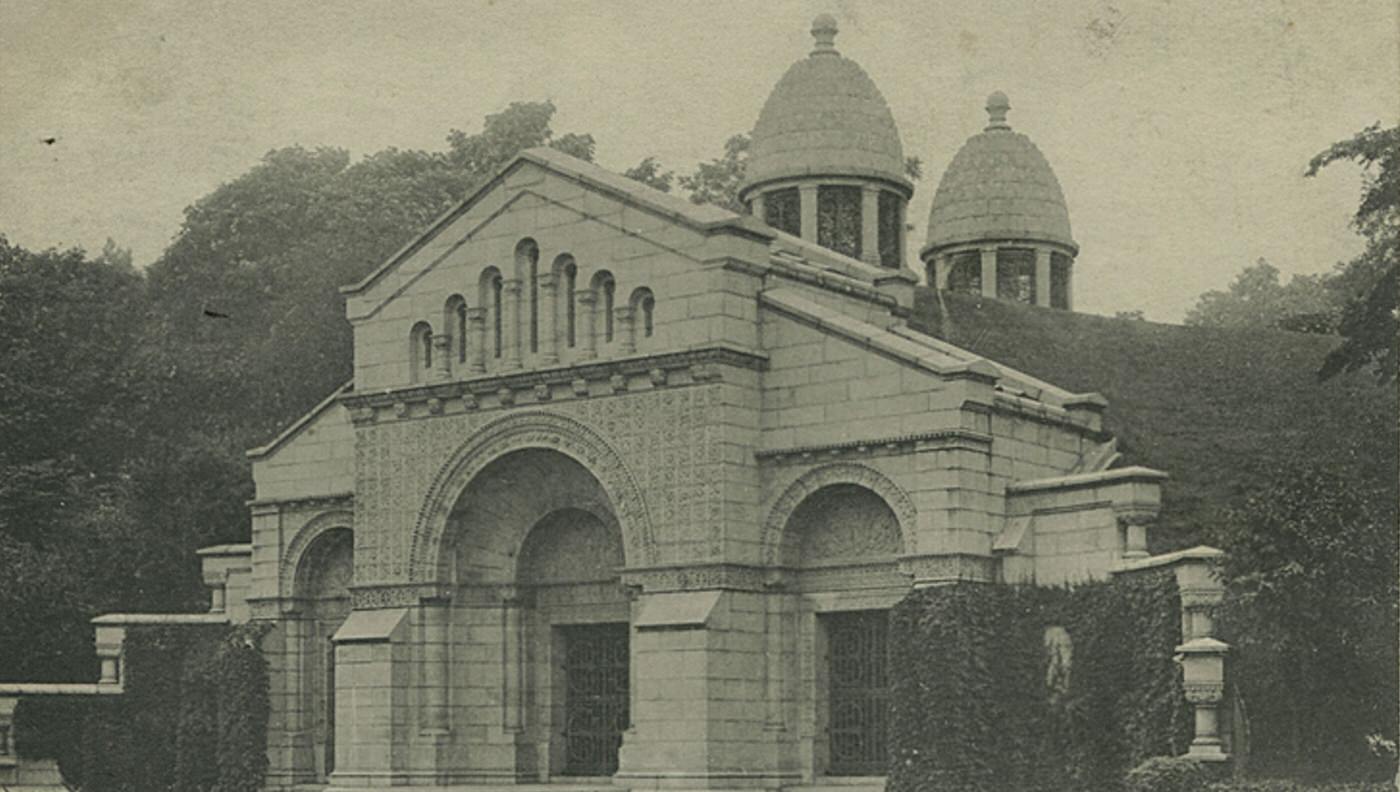
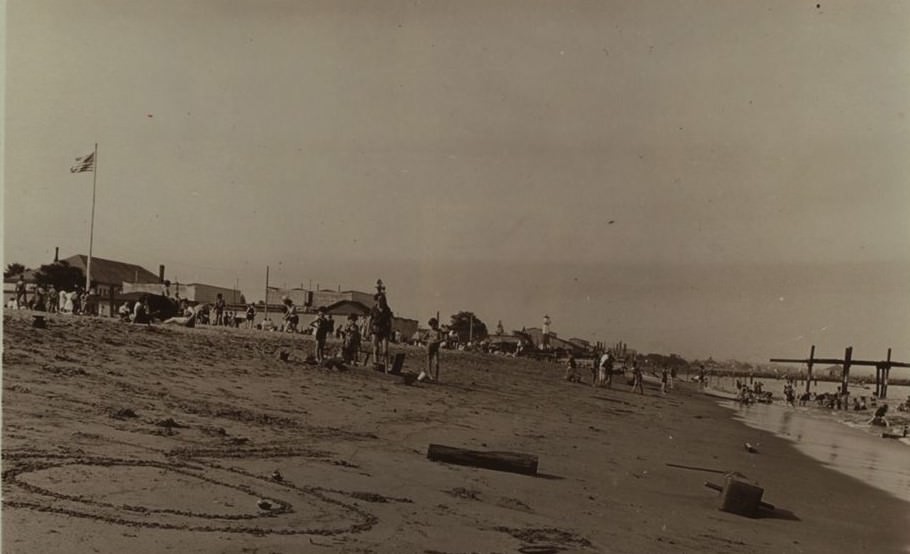
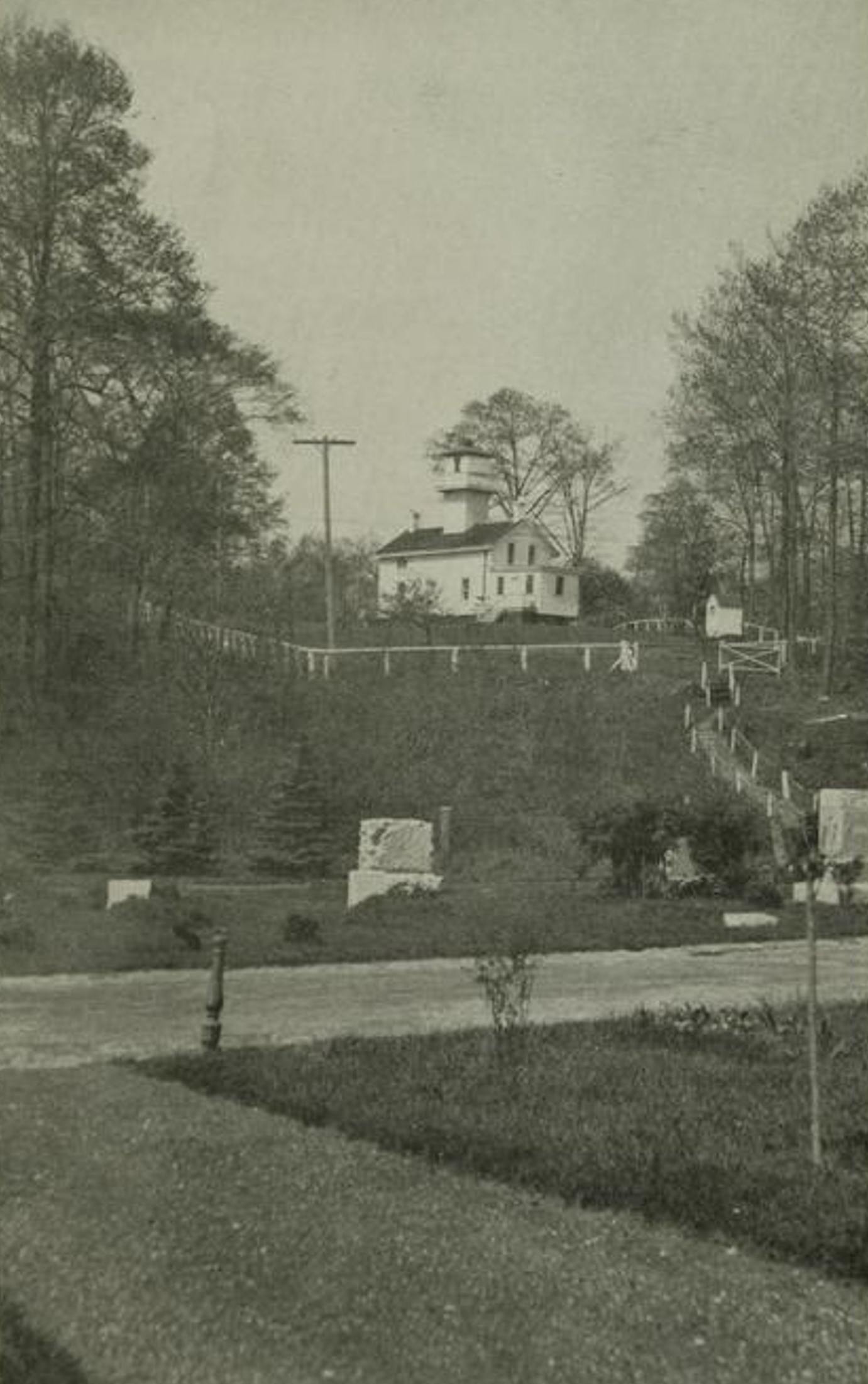


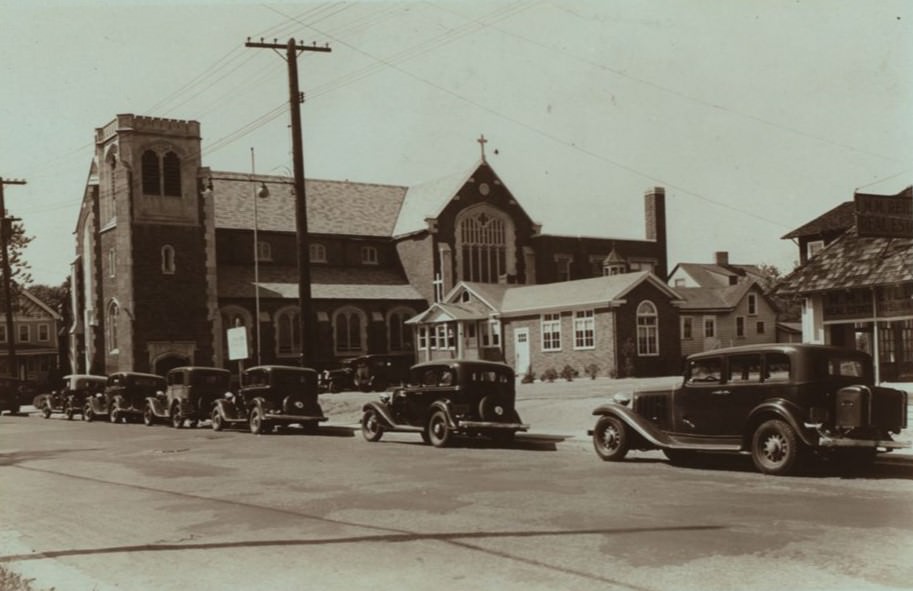

GIPHY App Key not set. Please check settings